Spade
What Is A Garden Spade? Gardening Tool Uses And Advice
The best friends of a gardener are yard tools. The first step is to select durable equipment that works as needed, but you also need to take quality and cost into account. One of the most frequently utilized tools in the landscape is your garden spade. What is a garden spade used for? With this adaptable tool, the solution is trickier than it first appears. The usage of the spade will be broken down, along with some selection criteria, in this article.
A garden spade is what?
Garden spade tools are used for a variety of activities, including drainage, terracing, contouring, and more. A garden spade is what? Don’t call it a shovel because a spade is a completely different tool. For most gardeners, it is a multipurpose item that they cannot live without. A garden spade’s ergonomic shape makes it easier to use, and contemporary tools are increasingly made for comfort as well as to suit some physical limitations and stressors.
What is a garden spade used for?
The most of us are familiar with what a good old-fashioned shovel is and what it can accomplish. A spade, as opposed to a shovel, has a flattened, rectangular blade and a short handle that is typically around 4 feet (1 m) long.
The form of the blade on garden spade tools makes it easier to cut sod, rearrange beds, and dig deeper planting holes. Garden spade tools are used for light cultivating rather than earth shifting. There are several different kinds of specialist spades, each with a specific use. The materials for the grip and blade are likewise varied.
Uses of Garden Spades
Using a garden spade to cultivate flower or vegetable beds is a common practice. The blade’s design helps incorporate amendments into the soil by cutting into it. Additionally, its long, narrow blade creates good, deep holes for plants with established root systems. The many kinds of spades are excellent for very specialized jobs:
Garden spade: A normal garden spade is used to prepare beds and move small amounts of dirt.
Transplanting Spade: When moving plants in the garden, a transplanting spade’s deep blade can pull out established roots.
A border spade creates holes that are ideal for tiny plants and maintains neat margins around beds.
Once you are aware of the type of spade you need, there are several additional features. Spades can have straight, U-shaped, or T-shaped handles. Handles with a U shape offer the most leverage and ergonomic effectiveness. Straight handles are less taxing on the back but less effective at moving soil. The handles may be constructed of hardwoods like ash and come with non-slip rubber as well.
For a long life, the blade should be made of carbon or stainless steel. Another sturdy material for blades is hammered steel. If your spade has wooden handles, give it a once-over with linseed oil to keep it in good condition. Any sort of spade’s blade should always be kept sharp to improve cutting ability and protect your back.
What Is A Transplant Spade: Gardening With Transplant Spades
Almost all gardeners own a shovel and, more than likely, a trowel as well. While a few basic tools will get the work done, it’s occasionally helpful to have the right tool for the task. The transplant spade is only one example. Learn more about when and how to use a transplant spade in the garden by reading on.
A transplant spade is what?
A modified shovel and a transplant spade have a similar appearance. It is simple to use from a standing position due to the long handle. The blade is long, narrow, and the same width all the way down, as opposed to being wide and tapered for moving soil. And the bottom of the blade frequently has a softer curve to it rather than going to a point. In order to create a trench of loose dirt around the plant that will be transplanted, this design is meant to penetrate the earth rather than move it.
Utilizing a Transplant Spade
For perennials and shrubs with deep roots, transplant spades are suitable. Of fact, using transplanting spades on smaller plants isn’t unheard of, and there’s no reason not to use one to relocate your annuals or shallow-rooted perennials. The extra depth you may acquire from its long, narrow design is what makes it important, though.
The purpose of transplant spades is to dig a ring virtually straight down around a root ball before yanking it out of the earth. They can be used to break up the soil where the transplant will be placed.
They are also useful for splitting up plants so you may transplant and separate them. Simply place the blade’s bottom where you want to divide it, then press down firmly. This should result in a clean cut through the root ball, which you can then lever out of the earth.
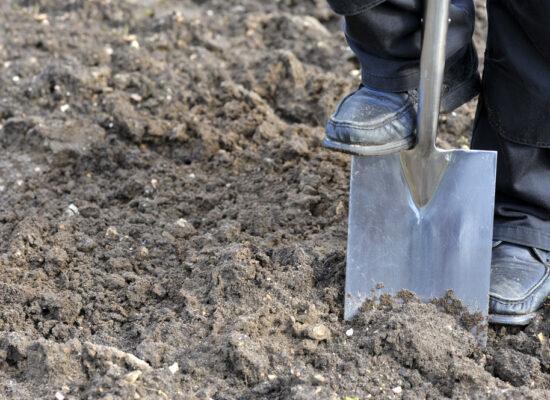
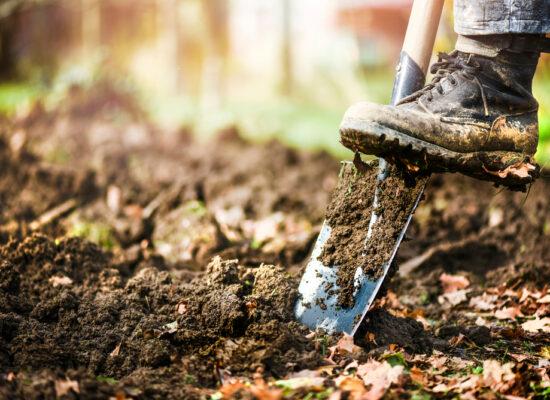
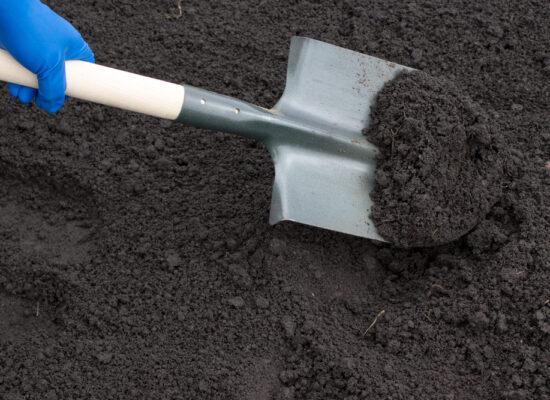
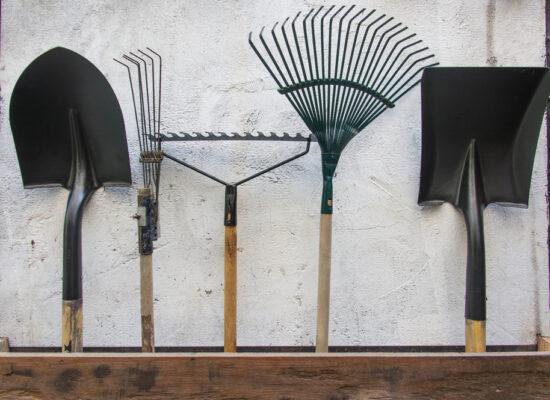
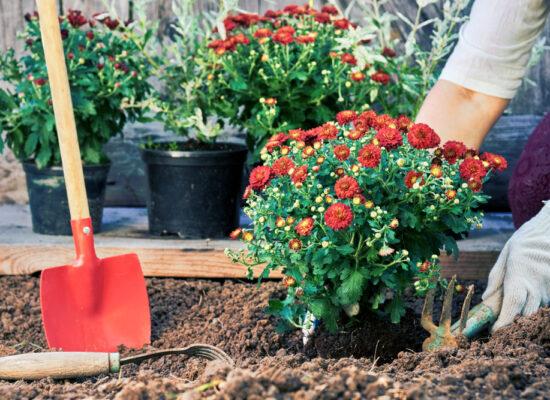
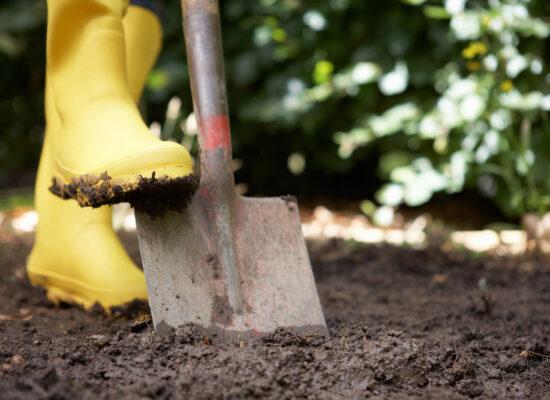
© Arbemu. All rights reserved